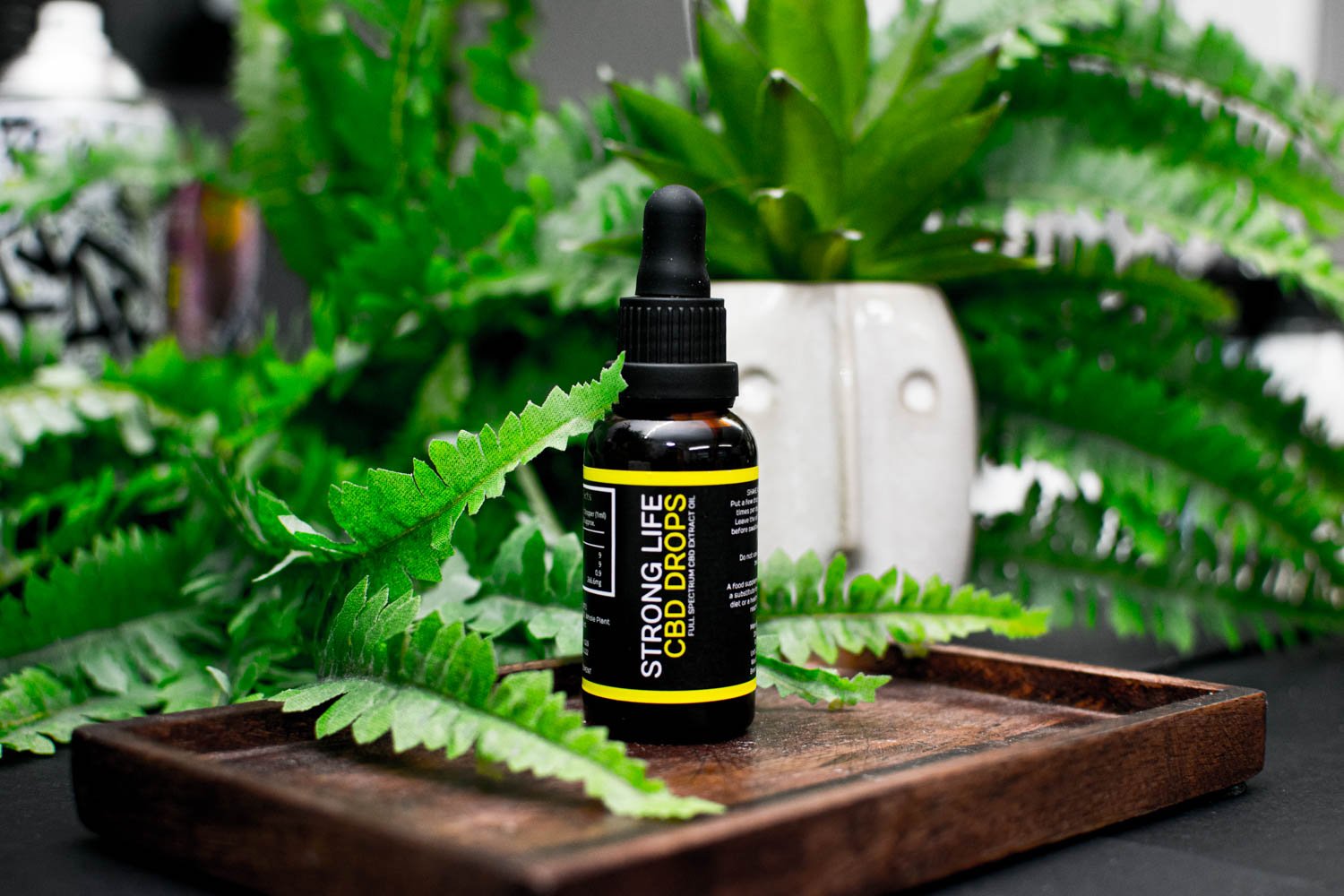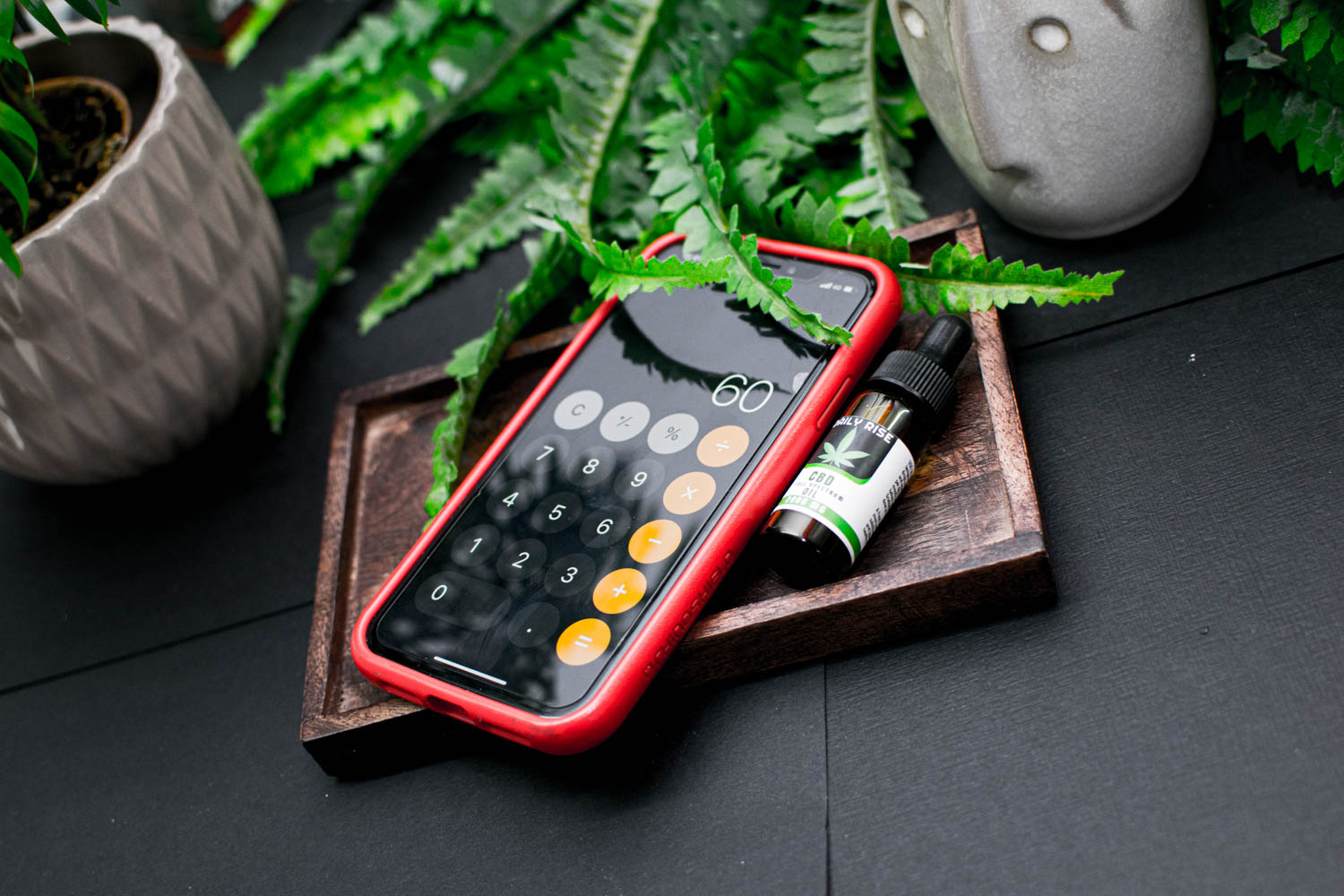
Understanding the UK Vape Ban in 2025
The UK government’s 2025 ban on disposable vapes has caused quite a stir, especially among regular users looking for alternatives. This new regulation, aimed at reducing youth access to vaping and lowering environmental waste, bans the sale of single-use vape products across England, Scotland, Wales, and Northern Ireland. Public Health England and the NHS have raised concerns about the growing number of young people turning to vaping, which heavily influenced this legislation. The vape replacement conversation is now more important than ever as former users seek safer, sustainable alternatives.

Why This Matters for Daily Vapers
If you’ve relied on disposables for your nicotine fix, this ban may seem like a setback. But interestingly, it opens the door to exploring healthier habits or longer-lasting alternatives like nicotine patches, gums, or even natural supplements. The vape replacement market is expected to expand with innovation in both traditional and wellness-focused solutions.

The Rise of Vape Replacement Products
With the ban in place, companies are responding by developing vape replacement options that range from nicotine-based solutions to herbal supplements. These products aim to deliver the same sense of relief and satisfaction without the environmental toll of single-use plastics.
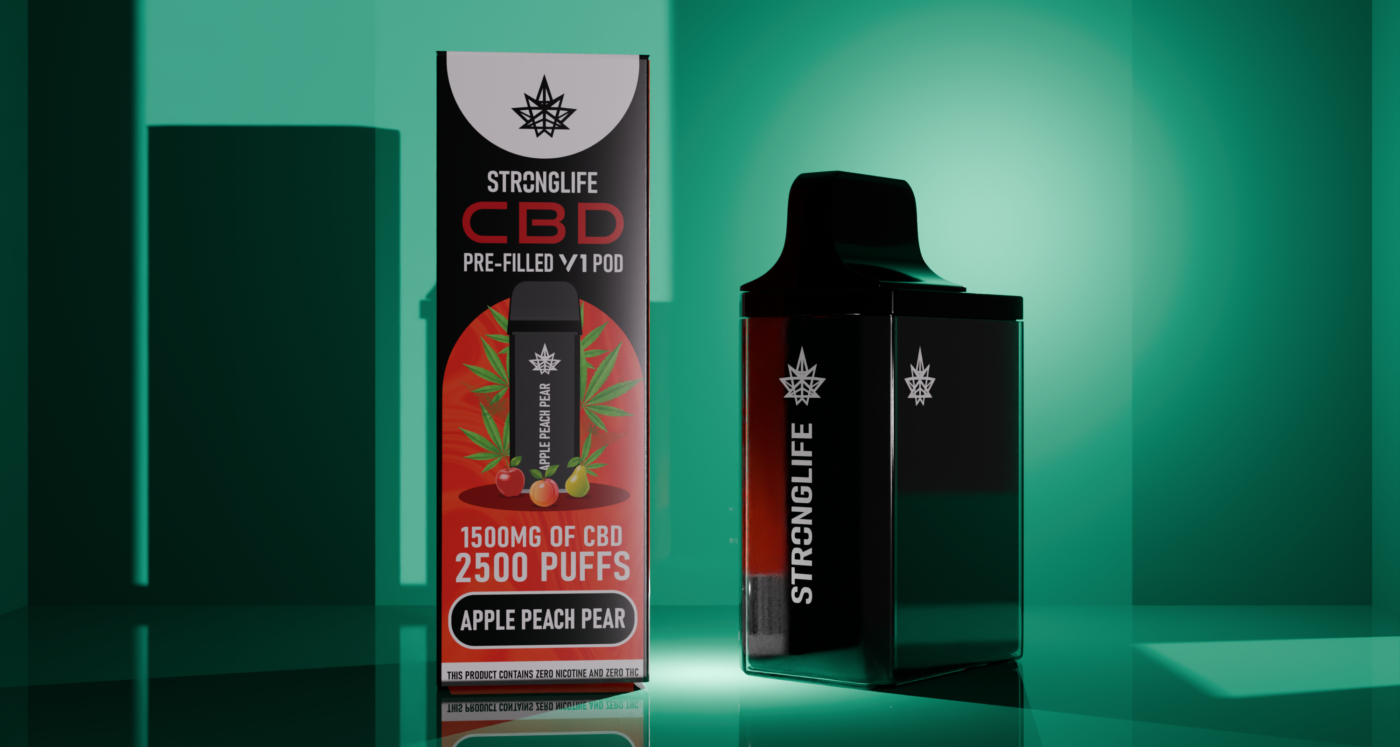
What Are the Main Categories of Replacements?
Generally, vape replacement solutions fall into three groups: reusable vapes with pods, nicotine alternatives like gum or lozenges, and plant-based supplements that target cravings and stress. These are growing in popularity as users seek personalised ways to quit or reduce their nicotine intake.
Health Concerns Behind the Vape Ban
The government’s primary reason for the ban ties into mounting evidence around the health impacts of vaping. Although often marketed as safer than cigarettes, disposables still contain nicotine and chemicals that may affect respiratory and cardiovascular health.
Long-Term Exposure Risks
While vaping avoids some toxins found in tobacco, it isn’t risk-free. There’s concern about heavy metal exposure from heating coils and the presence of flavouring chemicals like diacetyl, which has been linked to lung disease. This makes finding a good vape replacement not just a regulatory necessity, but a health-conscious decision.

Nicotine Pouches as a Vape Replacement
One increasingly popular option is nicotine pouches. These small, tobacco-free pouches sit under the lip and deliver controlled amounts of nicotine. They come in various strengths and flavours, offering a discreet and smokeless experience.
Are They Safer Than Vapes?
Though more research is needed, nicotine pouches generally avoid the lung-related risks of inhalation. According to NHS guidance, these could be a lower-risk option for adult nicotine users. As a vape replacement, they are gaining attention for their convenience and potential health benefits.

Natural Supplements to Support Quitting
Natural health brands like Stronglife are exploring supplements that may support users transitioning away from nicotine. These can include adaptogens for stress, vitamins for mood balance, and botanical extracts believed to reduce cravings.

ENJOY 20% OFF USING DISCOUNT CODE: REP20
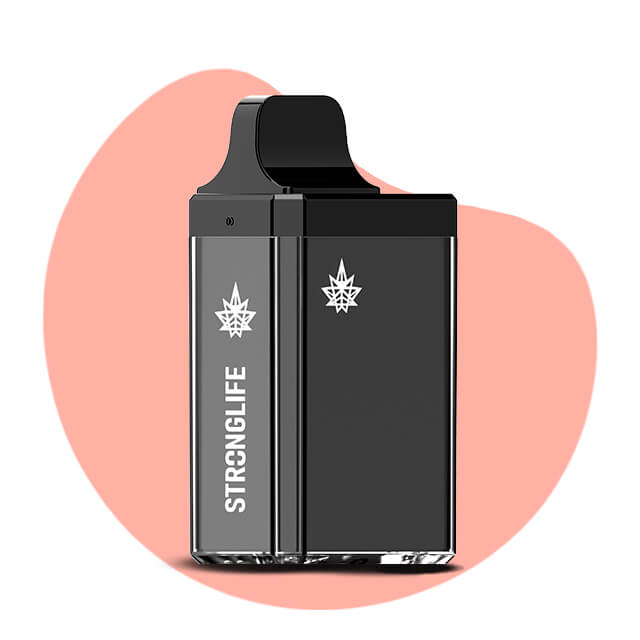
V1 Rechargeable CBD Pod Vape Kit + 1 Pod
Your gateway to smooth, potent CBD vapour. Comes with a free 1500mg CBD vape pod – just pick your flavour and enjoy up to 2500 puffs of pure wellness.
£24.99

How Can Supplements Help?
Supplements may not replace the sensation of vaping, but they can play a crucial support role. Ingredients like ashwagandha, L-theanine, and B-vitamins are being studied for their potential to calm nerves and stabilise mood, which are common hurdles when quitting nicotine.
Behavioural Support Tools
Aside from physical replacements, behavioural support like counselling, apps, and quit-smoking programs play a huge role in successful transitions. These tools can guide users through the psychological and habitual aspects of quitting.

Tech-Based Aids
Apps like Smoke Free and NHS Quit Smoking offer daily goals, mood tracking, and community support. These tech solutions, when paired with a vape replacement product, can significantly improve chances of long-term success.
Financial Impact of the Ban
Interestingly, switching from disposable vapes to alternatives can save users a lot over time. While initial costs for reusable vapes or quality supplements might seem higher, the monthly spend is often lower.

Budget-Friendly Options
Reusable pod systems, nicotine pouches, and even natural supplements can be more economical. This financial incentive may further encourage users to find a sustainable vape replacement.
Environmental Benefits of Ditching Disposables
Disposable vapes contribute significantly to electronic waste due to built-in batteries and plastic casings. Moving to reusable or non-electronic alternatives could reduce this impact dramatically.
Greener Choices for Conscious Users
Many consumers are now factoring sustainability into their choice of vape replacement. Options like recyclable pods or entirely plastic-free supplements align better with eco-conscious values.

What Role Do Flavours Play?
Flavours have long been a key factor in vape popularity. The ban restricts many sweet or fruity disposable flavours, which may push users toward new options with broader flavour ranges.
Exploring Flavoured Alternatives
From minty nicotine pouches to berry-flavoured herbal sprays, vape replacement products are offering fresh experiences without the limitations of the ban.
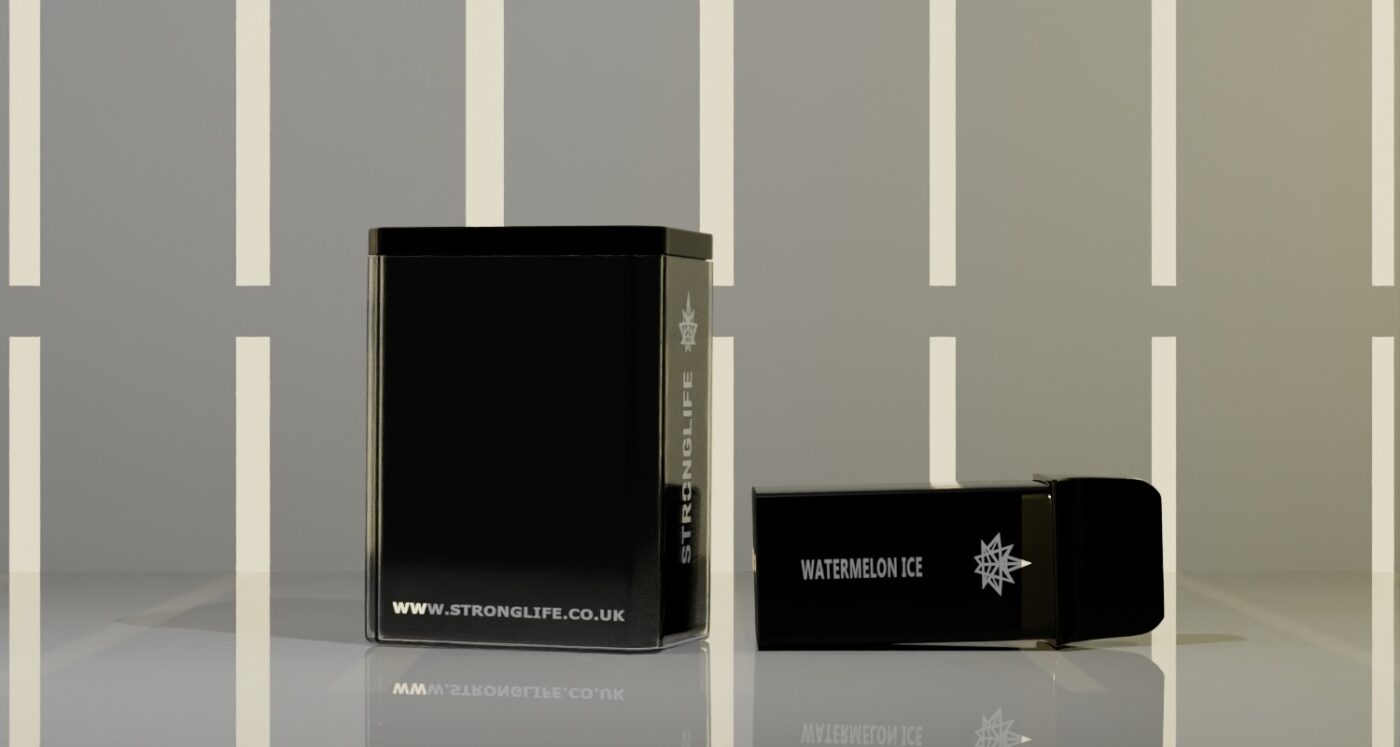
CBD Pods: A Compliant Alternative in Quit Vaping Products
As vape users seek legal and health-conscious options following the UK’s disposable vape ban, CBD pods are emerging as a popular choice. These pods offer a similar user experience to vaping without containing nicotine or any banned substances. CBD, a non-psychoactive compound from the cannabis plant, is being explored for its potential to reduce anxiety and cravings, which are often key obstacles in the quitting process. Stronglife’s new CBD pods are specifically designed for those looking to transition away from nicotine while still enjoying the calming ritual of vaping. Because they comply with new UK regulations and don’t contain harmful additives or nicotine, they fit well within the category of quit vaping products. This makes them an attractive vape replacement for those wanting a smoother shift toward wellness.
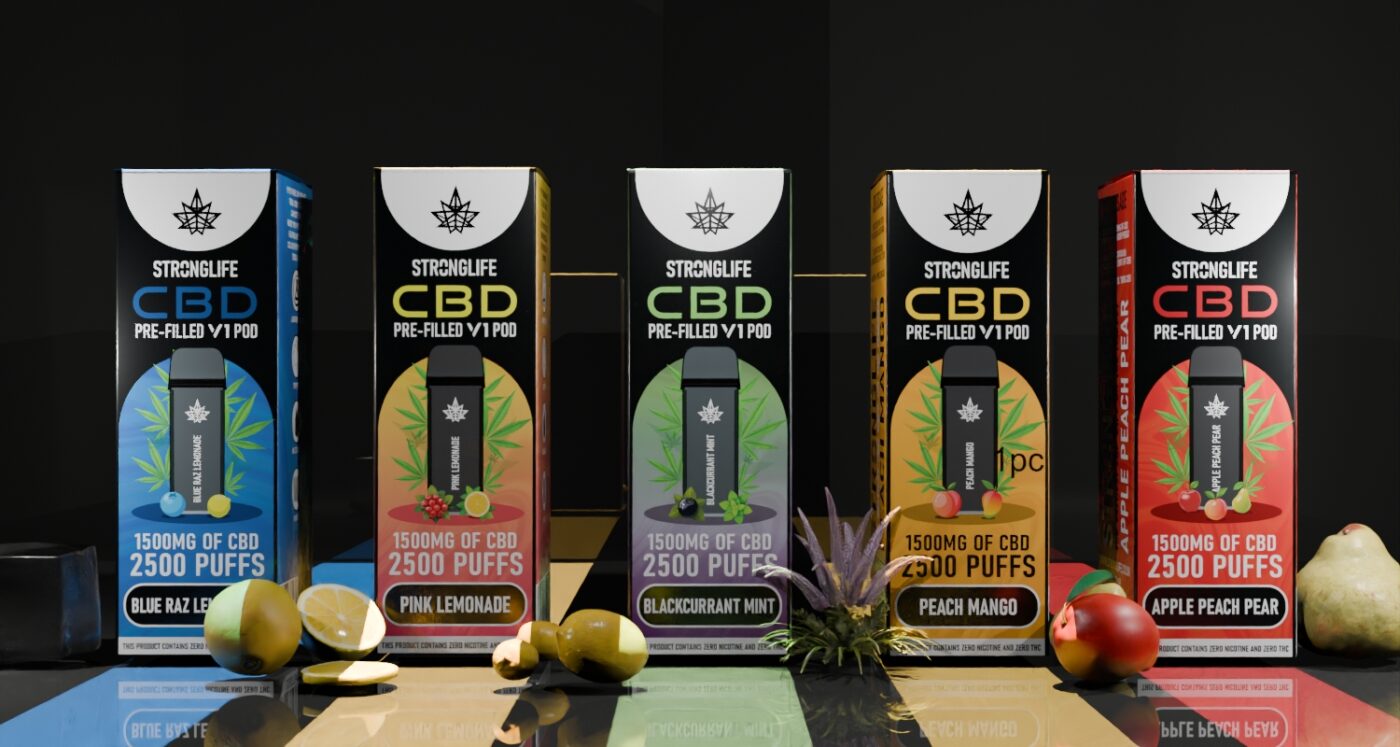
Why CBD May Help With Cravings
Early studies suggest CBD might interact with the brain’s serotonin and endocannabinoid systems, which are involved in mood and reward processing. By supporting a sense of calm, CBD could make it easier for users to manage withdrawal symptoms and stress triggers that lead to nicotine relapse. While research is still ongoing, anecdotal feedback has been positive. When paired with a mindful quitting strategy, CBD pods could be a key player in the growing market of quit vaping products.

Is This the End of Vaping Altogether?
Not quite. The focus is on disposable vapes. Refillable and reusable vapes are still legal under strict regulations, which may lead users to transition rather than quit entirely.
Regulation Versus Elimination
The goal is harm reduction, not prohibition. This distinction means the vape replacement industry will likely evolve with better, safer, and more sustainable products.
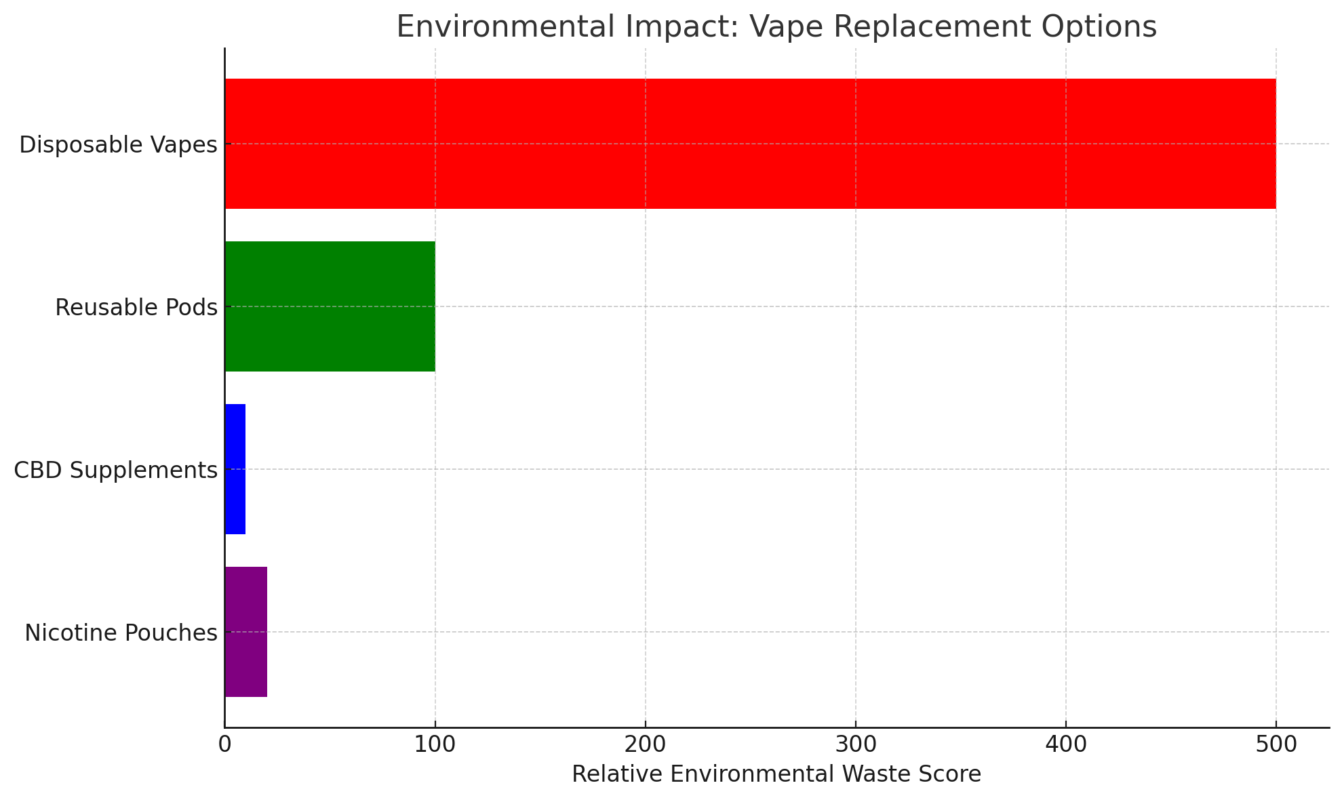
The Role of Public Education
Educating users about risks and alternatives is a crucial piece of the puzzle. Government and non-profit groups are working to ensure people know their options.
Supporting Smokers and Vapers Alike
Whether you’re a smoker trying to switch or a vaper caught off guard by the ban, there are many resources now being promoted alongside vape replacement options.
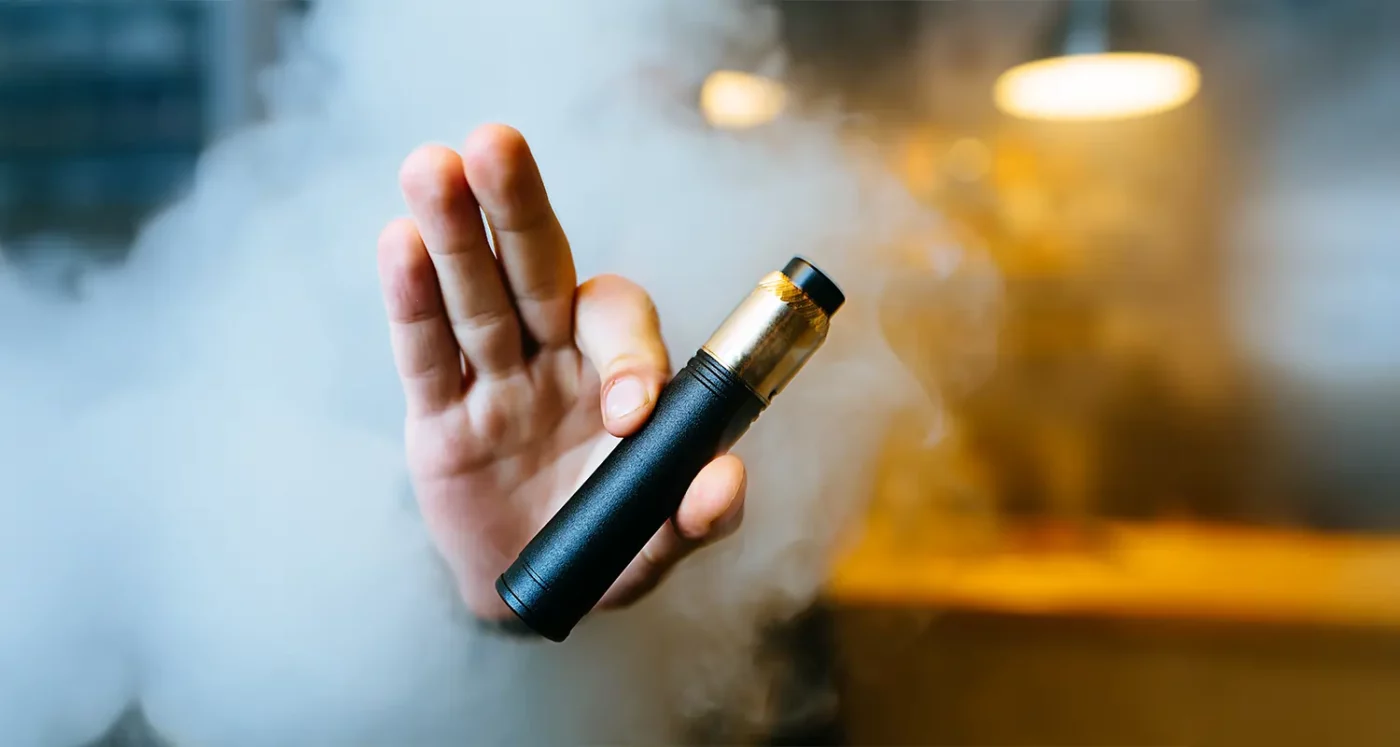
Youth Protection as a Driving Force
One of the main motivators for the 2025 vape ban was to curb underage use. Disposable vapes were found to be particularly accessible to teens.
Stricter Access Controls
As vape replacement options emerge, regulations may also tighten to ensure they’re used responsibly by adults only, similar to how alcohol or medication is regulated.

E-Liquid Restrictions and Their Effect
E-liquids are still available but with stricter ingredient and packaging rules. These changes influence how people use refillable devices.
Shifting Preferences
Some users may find these new formulations less satisfying, pushing them further toward other vape replacement options.

Herbal Cigarettes and Smoking Alternatives
For those looking for a more familiar hand-to-mouth action, herbal cigarettes or smokeless tobacco substitutes can be a transitional tool.
Potential Risks to Watch
While they don’t contain nicotine, herbal cigarettes still involve inhalation of combusted plant matter, which carries its own health concerns. They’re not the most recommended vape replacement, but they do exist.

Role of Pharmacists in Vape Replacement Guidance
Pharmacists can be an excellent first point of contact for anyone unsure about their options. They often carry nicotine replacement therapies and can advise on interactions with medications.
Accessible Expertise
With more people turning to vape replacement solutions, pharmacists are becoming more involved in offering product comparisons and personalised advice.

Legal Smoking Cessation Aids
NRTs like patches, sprays, and lozenges are medically approved and widely available. These are often the first choice recommended by health services.
Proven Track Records
NRTs have been studied extensively and are often combined with counselling or apps for the best results, making them a reliable vape replacement pathway.
The Importance of Mindset in Quitting
Quitting or switching is as much about mental readiness as physical replacement. Setting goals and tracking progress is critical.

Final Thoughts on Vape Replacement After the UK Ban
Navigating the changes brought by the UK’s 2025 disposable vape ban can feel overwhelming, but it also opens the door to healthier, longer-lasting alternatives. From nicotine pouches and NRTs to Stronglife’s innovative CBD pods, there’s now a wider range of vape replacement options than ever before. Each alternative comes with its own set of benefits, whether it’s reducing nicotine dependence, cutting environmental waste, or supporting mental wellness. The key is finding what aligns with your lifestyle and goals. By understanding the risks, exploring new tools, and staying committed, you can transition away from disposable vapes with confidence and support. What vape replacement path are you most curious to try?
What can I use instead of a vape?
Instead of a vape, you can use nicotine patches, gum, lozenges, or newer alternatives like CBD pods or herbal inhalers. These options help reduce cravings and support the transition away from nicotine while avoiding the health risks linked to inhaling vaporised substances.
What do I replace vaping with?
You can replace vaping with a mix of nicotine replacement therapies, such as sprays or patches, alongside lifestyle changes like exercise, mindfulness, or using calming supplements. CBD-based products are also gaining popularity for their potential to ease stress and support mood balance during the quitting process.
What can I hold instead of a vape?
Some people find comfort in holding items that mimic the shape or feel of a vape, like herbal sticks, chewable straws, or even a stress ball. These physical alternatives can help satisfy the hand-to-mouth habit often linked to vaping.
What is replacing vapes?
A combination of reusable vape devices, nicotine pouches, and non-nicotine options like CBD pods are replacing traditional disposable vapes. These alternatives align better with current health and environmental guidelines, especially following the UK ban.
Is heated tobacco safer than vaping?
Heated tobacco may reduce exposure to some harmful chemicals compared to smoking, but it’s not without risk. Unlike vaping, which doesn’t involve combustion, heated tobacco still creates chemical byproducts, so it’s best approached cautiously as a vape replacement.
Are no nicotine vapes safe?
No nicotine vapes may reduce addiction risk, but safety depends on the ingredients used. Flavouring agents and chemicals in the vapour can still affect lung health, so it’s important to use trusted brands and review ingredients carefully.
What is the healthiest vape?
The term “healthiest vape” is relative, but those with no nicotine, minimal ingredients, and natural flavouring are typically considered less harmful. CBD vapes or herbal-based options may also appeal to those seeking a wellness-focused vape replacement.
Does 0 nic give you a buzz?
Zero-nicotine vapes don’t produce a typical “buzz” since there’s no nicotine, but users may still feel a slight head rush from other ingredients or from the act of vaping itself. This makes them more suitable for breaking the addiction cycle without withdrawal symptoms.
How long does it take for your lungs to heal from vaping?
Lung healing begins within days of quitting vaping. According to NHS and lung health experts, significant improvements can occur within weeks to months, though full recovery depends on how long and how heavily a person vaped.
What happens 2 weeks after quitting vaping?
Around two weeks after quitting, many people notice improved breathing, better lung function, and enhanced energy levels. Cravings may still be present, but many find they’re easier to manage, especially with supportive vape replacement strategies.
What’s a good habit to replace vaping?
A good habit to replace vaping could be anything that occupies the hands and mind—like chewing sugar-free gum, going for a walk, using a fidget toy, or taking calming supplements like CBD. Creating new, positive rituals is key to maintaining progress.


